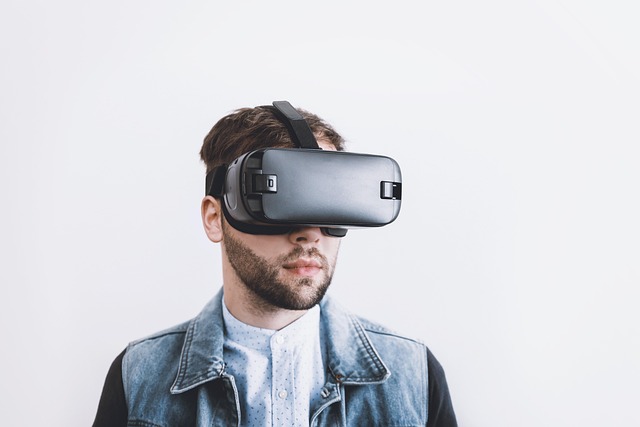In the fast-evolving landscape of online education, the need for effective and engaging methods of knowledge building has never been more crucial. Among the various tools available, video simulation stands out as a transformative medium. It provides an immersive learning experience that not only caters to various learning styles but also enhances comprehension and retention of complex concepts.
Imagine sitting in front of your screen, where instead of traditional lectures filled with dense texts and monotonous PowerPoints, you are greeted with dynamic visual content that simulates real-world scenarios. This vivid representation grabs your attention, making the learning process not just engaging but also intuitive. Whether it’s a virtual lab experiment or a realistic customer service interaction, video simulation brings theoretical knowledge to life, allowing students to apply what they learn in a simulated environment.
The application of video simulation in online education is particularly beneficial in fields that require practical skills, such as medicine, engineering, and business. For instance, medical students can practice surgical techniques in a lifelike setting, honing their skills without the risks associated with real-life procedures. This hands-on approach facilitates deeper understanding and builds confidence, as learners can repeat and practice at their own pace.
Furthermore, the interactive nature of video simulations fosters greater engagement among students. By encouraging active participation, it removes the passive learning barrier often faced in traditional online courses. Students are not just listening or watching; they are involved in the learning process, which heightens interest and motivation. This interactive element also enables instant feedback, allowing learners to reflect on their performance and understand areas for improvement immediately.
Another significant advantage of video simulation is its adaptability to various educational environments. Regardless of geographical location, learners can access high-quality simulations tailored to their specific needs and curricula. This opens up new avenues for personalized learning, as students can choose simulations that resonate most with their experiences and career goals. Additionally, educators can continually update simulations to reflect current trends and practices, ensuring that the content remains relevant and up-to-date.
As we navigate the future of online education, incorporating video simulation into knowledge building strategies will be paramount. It empowers students not only to learn but to actively participate in their education. This paradigm shift from a passive to an active learning approach can lead to more well-rounded and skilled individuals ready to tackle real-world challenges. The power of video simulation lies in its ability to bridge the gap between theory and practice, making knowledge both accessible and actionable.




